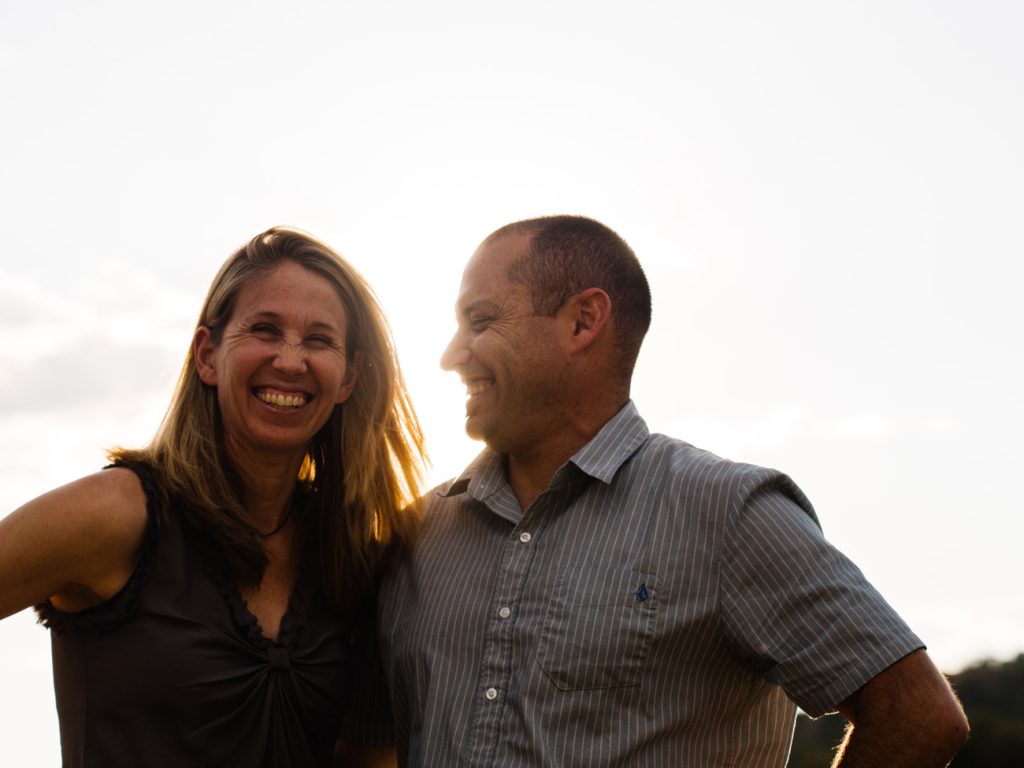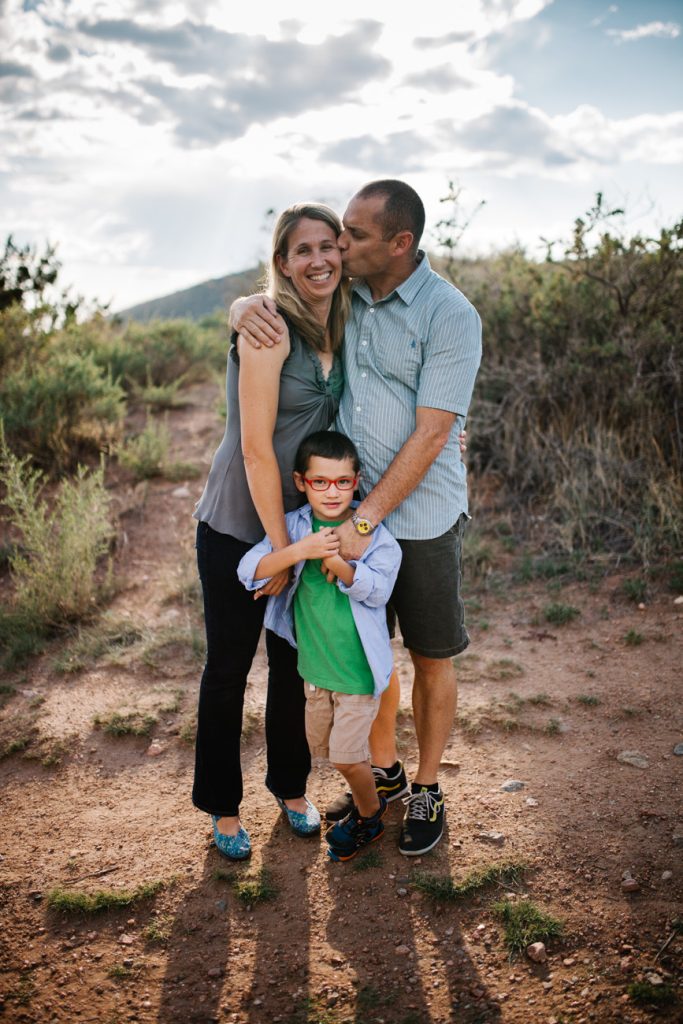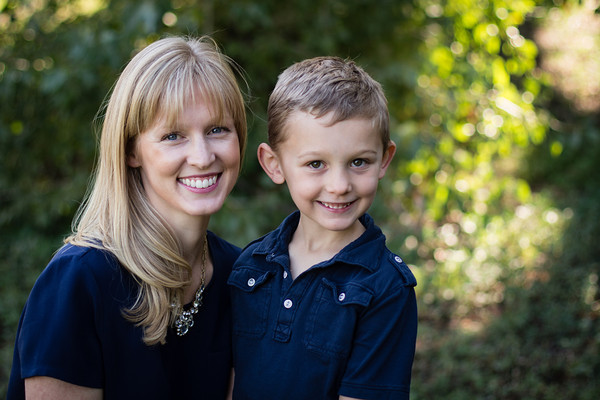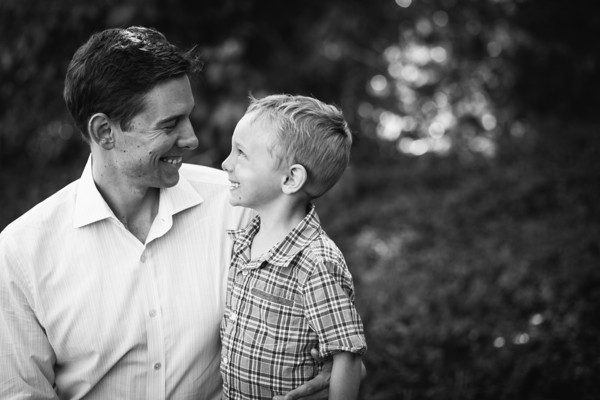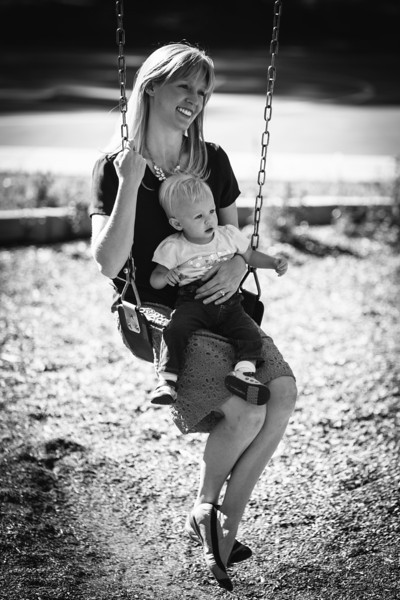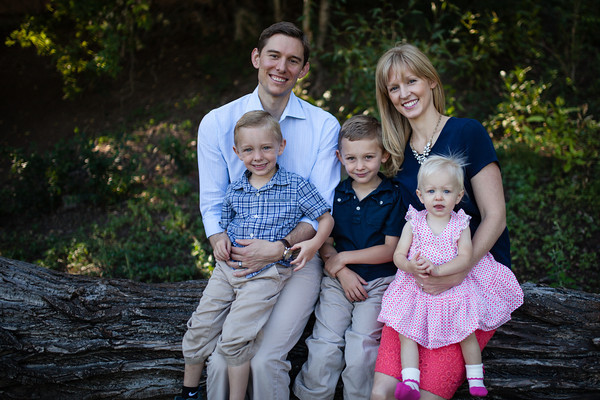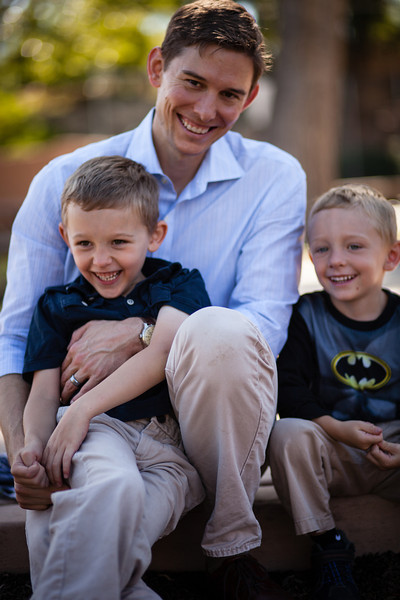How the US Soccer team made me love my adopted country
To get to the fields where I coach my daughter’s soccer team you drive to the edge of town and pull into a disused horse-racing track. Go past the collapsing ticket booth and park in the dirt lot, before walking through a tunnel that goes under the track and emerge on the infield, in the shadow of an abandoned grandstand.
Because this is New Mexico, the little grass we do have is in poor shape — some of the time it looks like so much dry breakfast cereal — but they do the best they can, and they’re among the best fields in town. And on Saturday mornings the infield is full of kids from the ages of four to twelve, all playing soccer while the wind whips across the high desert.
I grew up in England and as my daughter has become a football fan and player, I’ve taught her the lore and practices of football where I’m from (you’ll forgive me for calling it football from here on out, although I’ll confess that I’m becoming increasingly comfortable with ’soccer’).
She and I watch my London club Arsenal on TV on Saturday mornings before we head out to her games, and she know much more about the European leagues than she does about Major League soccer here.
Many of coaches in the league she plays in are ex-pats — there’s a Frenchman, a Romanian, another couple of English guys and some Mexicans, the full-time coaches for the club are from Spain and Russia. There’s a clear division between the Euro parents on the touchline who know what they’re looking at, and the majority of the US-born parents who encouragingly shout terrible advice: ‘Shoot it in, Sarah!’ as Sarah crosses the half-way line.
Some of the players have overseas connections, but most don’t and at times it feels like we’re coaching these kids in a foreign game — that the best athletes, at least among the boys, will age out of football and into one of the more mainstream US sports.
But my feeling that the US isn’t a football country has been changed by this World Cup, and with it, my feelings about American itself.
Like most Europeans and Latin Americans, I’ve historically taken a dim view of the quality of the football on display in Major League Soccer, and the quality of the support, seeing it as a sign that the country didn’t really get football.
We went to an LA Galaxy match last year, and it was all a bit too clean and stage-managed with designated singing zones, and pre-determined things to shout at particular times in the game. It felt forced, a clumsy combination of bits from other countries’ football cultures, with customs from other US sports thrown in for good measure.
There was no clear sense of what US soccer should be like — either in the stands, or on the pitch, where highly-paid ageing Europeans mixed with Mexican immigrants’ kids and Midwestern farm boys in a game that never really got going.
Like the Galaxy (and the girls under-12 team I coach), the US national team is also a mixture of backgrounds and cultures: combination of US-born players, German-born guys with US fathers, and a couple with Scandinavian connections. Many of the US-born players have at least one parent from somewhere else, and while star Clint Dempsey was raised in Texas with American parents, he learned to play with the local Mexican kids.
Crucially, the coach Jurgen Klinsmann, while being a German World Cup hero as a player and coach is also immigrant himself, with an American wife and US-raised son.
When done wrong, like the managed clash of supporting styles at the LA Galaxy, this global mixture can just be a mess that’s all too easy to ridicule. But I’m coming to realize, when done right, as Klinsmann has managed, this vibrant multiculturalism is what the US — a nation of immigrants — is all about.
Take a bunch of elements, combine them together with uniquely American commitment and enthusiasm. and you haven’t just got a mixture, you’ve got a compound — something more than the sum of its parts.
Anne Coulter might not like it, but could there be a more American team than one with half its players (or their parents) born somewhere else? This is what America looks like, and it’s what it looks like out on the fields when my daughter plays — it’s somehow right that it’s what America looks like at the World Cup.
But other countries have an easier time with their national identity, and their footballing identity. Brazilians know what Brazilian football looks like — skillful, flamboyant and imaginative; German football is athletic, well-organized and disciplined; Spanish, technically brilliant, collaborative and creative.
Players coming up through the ranks in these countries know what they’re aiming for. But the challenge and achievement for Klinsmann has been to create from a range of disparate parts something that is both uniquely American and successful.
This US team has the heart and self-belief and selflessness of the best of American competition — the Friday Night Lights ‘Clear eyes, full hearts, can’t lose’ attitude — combined with a style of play that is well-organized (if a bit individually erratic) at the back, hard-charging in defensive midfield and fast and skillful in attack. If this is what US football looks like, then I love it.
And I’m not the only one — the US team has had success in World Cups before, but almost no-one in America noticed. This is the fourth World Cup I’ve spent here and the first I haven’t felt alone in my passion. As the country embraces a genuinely global game, there are two huge benefits.
One is a realization that there’s whole world out there of talented sportspeople playing a game that is more nuanced and beautiful than most American sports. The other is that when it comes to football, the US is an underdog — well-resourced and with great facilities, no doubt — but still an underdog. And it’s a lot easier to support a humble underdog that gives everything it’s got and wins against the bigger teams. Even the English pundits I’ve been following have got behind the US, reflecting wistfully that Klinsmann’s team is showing more heart and ability than Roy Hodgson’s subdued lot.
Something is definitely changing here. I can see a line from the field my daughter plays on, through the semi-pro teams that are forming, through the colleges and the MLS to the heaving World Cup stadia. And I see the thousands of US fans who travelled to Brazil, and the thousands more gathering in parks and at other screenings all over the country. And they’re like me and my family and the teams I coach — some solidly all-American, some with family ties elsewhere, but now all united in support of this great team and their achievements.
This is what American can be — positive, welcoming, flexible, hard-working and generous of spirit. And that’s why for the first time in watching the US compete at anything, I’ve been saying ‘we’ and ‘us’ to describe the team, and for the first time I’m come to the shocking conclusion that when it comes to soccer, I’m proud to be an American.










